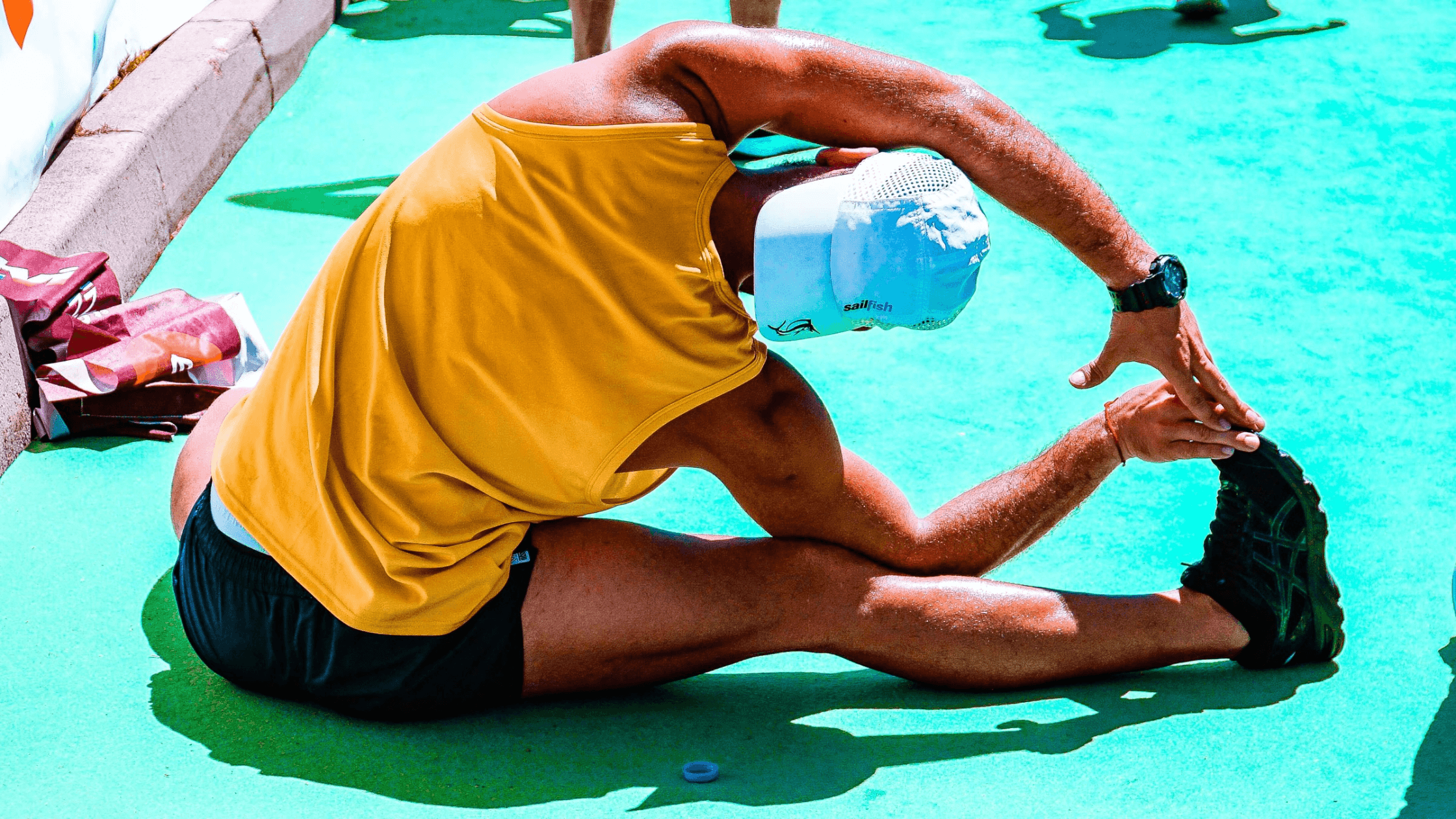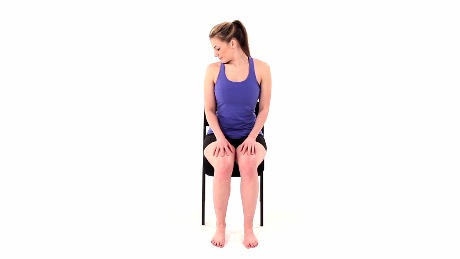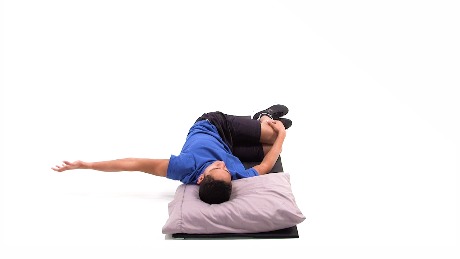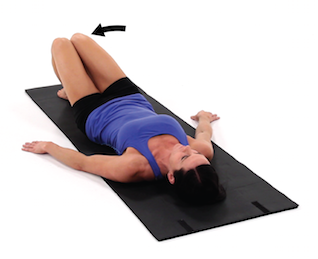Flexibility vs. Mobility: Why They Are Not Interchangeable Terms

Licensed Physical Therapist, PT, DPT // Director of Marketing and Sales // Certified Dry Needling Specialist // EW Motion Therapy Homewood
Think about the last time you were asked to touch your toes. You could probably do it easily when you were a kid, right? That may not be the case if you stopped reading this, stood up, and tried it. You would probably describe the ability to touch your toes as “flexibility,” but you may also use the term “mobility.” While you may have used these terms equally in the past, in reality, they are two different things. So what makes flexibility and mobility different? And why is it so easy to get those terms confused?
You may use “flexibility” and “mobility” interchangeably, but in the medical field, especially in physical therapy, they are two different assessments of how you move. You can be mobile without being flexible, and while mobility and flexibility can be helpful for daily movement, both are not essential. Improving mobility is a goal of many of our EW Motion Therapy clients. With an individualized treatment plan, our physical therapists help them overcome movement issues and achieve their goals. Even if you decide our services do not fit your needs, knowing the difference between mobility and flexibility can help you use these terms in the proper context.
This article discusses the distinctions between mobility and flexibility, how important each is for healthy movement, how each is assessed, and how physical therapy could help you in each area. Then, you can use the terms accordingly.
How are flexibility and mobility different?
While flexibility and mobility sound similar, they are inherently different in terms of movement. Flexibility refers to the ability of a muscle to lengthen during movement. It is passive, and stretching is one of the best ways to determine flexibility. Your body type and/or genetics can also determine how flexible you are - there is a reason some people are better at gymnastics than others. The toe-touching example applies here - if you can touch your toes, do a split, or do a backbend, your muscle tissue can stretch the distance required.
But mobility is entirely different - it is the ability to control movements through the entire range of a motion. Mobility requires flexibility, but to be mobile, you must have three basic things:
- Healthy, lubricated joints
- A relaxed nervous system
- Neuromuscular control over your movements
Think about squatting as an example - to have full mobility squatting, your hips and knees have to bend at the proper angles, and all parts of your core must work in sync to control your trunk position. This does not just refer to doing squats in the gym - you squat every time you sit down in a chair or on the toilet. Mobility includes a facet of each of these bodily processes; if one is missing, you will not be able to move as effectively, increasing your risk of injury.
How are mobility and flexibility assessed?
Physical therapy is the science of movement, and since mobility and flexibility are both important for healthy movement, your physical therapist will likely examine both during your initial evaluation. For flexibility, your PT may move your limbs around or ask you to try and touch your toes, and they will do this only if it aligns with your needs or goals for coming to therapy in the first place. However, assessing mobility is an essential part of any evaluation. Your therapist will ask you to do some basic functional movements to determine joint health and neuromuscular function, including squats or lunges, and they will look for any deficits that can be improved with certain treatment progressions.
How can you become more mobile and flexible?
Static stretching can often improve flexibility, but for mobility, you can do specific drills, either on your own or in physical therapy. You can also use props like foam rollers and implement dynamic warm-ups into your routine, which take your joints through their full range of motion.
Here is an example of some mobility exercises your physical therapist might assign. If you want to try these at home, have plenty of room to move around and check with your doctor if you have any concerns.
Seated Cervical Rotation with Nod: Begin sitting upright in a chair. Turn your head to one side as far as you can, then gently nod your head up and down. Next, turn your head to the other side and repeat. Make sure to only turn your head and not the rest of your body. Keep your back straight during the exercise.

Sidelying Thoracic Rotation: Begin lying on your side with your knees bent, your bottom hand holding your knees, and your top hand straight forward. Lift your top arm straight up and over to the floor on your other side. Hold, then relax and repeat. Make sure to keep your knees together and only rotate your upper back and upper arm. Your hips should stay facing forward.

Hooklying Lumbar Rotation: Begin lying on your back with your knees bent and feet resting on the floor. Keeping your back flat, slowly rotate your knees slightly toward one side, then back to the other side. Make sure that your back and shoulders stay flat on the floor.

How is mobility related to balance?
Now you know more about the differences between mobility and flexibility. Mobility is intertwined with balance as a critical aspect of healthy movement, as both require neuromuscular function and healthy joints. Balance is a little more complex than mobility, but each is vital for moving throughout your day.
If you want to improve your physical fitness, it’s essential to focus on mobility and flexibility. Mobility exercises will help you move better and can help prevent injuries, while flexibility exercises can help you increase your range of motion and reduce muscle soreness. Both activities help you get the most out of your physical fitness routine. If you are still curious about how physical therapy could help you move better, click the button below to download our answers to 20 frequently-asked physical therapy questions.


